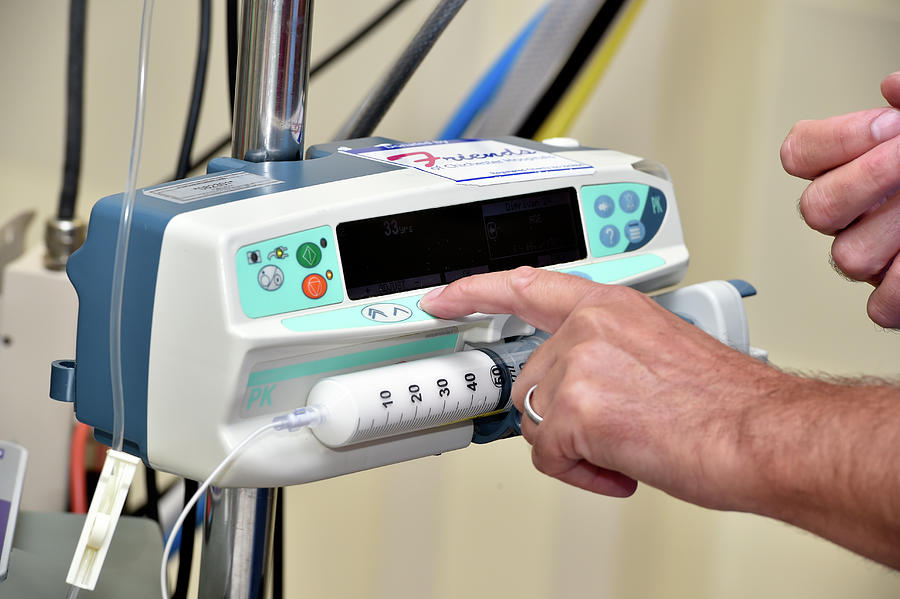A team of researchers led by Senior Researcher Dong-kyu Lee from the Korea Institute of Machinery and Materials has developed a groundbreaking technology that aims to prevent medical accidents caused by excessive administration of analgesic drugs. This newly developed drug infusion pump features a customized sensor module that can effectively measure the low flow rate of analgesic drugs and detect the presence of bubbles in the medication.
The research, which has been published in the journal Sensors and Actuators A: Physical, marks a significant milestone in medical technology. Currently, Unimedics, a leading manufacturer of medication injectors, is working on mass production of a safe drug infusion pump system equipped with this state-of-the-art sensor module.
In order to administer narcotic analgesics for post-operative pain management, the flow rate needs to be extremely low, ranging from 1 to 2 mL/h. To accurately measure such low flow rates, the Korea Institute of Machinery and Materials developed a new thermal micro-flow sensor using a micro-heater and multiple temperature sensors. The research team successfully achieved accurate measurement by combining the cooling effect of the microheater caused by heat loss with the heating effect that the microheater has on the fluid.
In accordance with the revised regulations of the FDA, which now require bubble sensors to be included in drug infusion pumps, the newly developed infusion pumps are equipped with temperature sensors at both ends of the assembled tube. These sensors are capable of detecting bubbles by analyzing the difference in heat diffusion depending on the air or liquid inside the tube.
The sensor is attached to the drug injection tube, allowing for non-intrusive measurement of the flow rate and detection of bubbles on the outer surface of the tube. This innovation also resolves the issue of limited medical fees for medical disposables by enabling the reuse of sensors. In terms of measurement sensitivity, accuracy, range, and bubble detection, this technology delivers performance equivalent to that of expensive MEMS sensors. The sensor has been designed as a customized module, making it replaceable within the drug infusion pump. As such, the team is now focused on mass production by incorporating this sensor module into new drug infusion pumps.
Conventional technology for measuring the number of drops falling into the drip chamber was not suitable for analgesic drug infusion pumps without drip chambers. This technology was relatively inaccurate, with a margin of error of around ±10%, and was not easily applicable to low flow rates. While thermal micro-flow sensors have been developed by various global companies, they have primarily been manufactured using expensive semiconductor processes. Moreover, these sensors are disposable due to the contact between the drug liquid and the sensor, presenting an economic challenge.
With this groundbreaking technology, medical professionals will be able to administer analgesic drugs safely and accurately, reducing the risk of medical accidents caused by excessive administration. The development of this drug infusion pump marks a significant step forward in ensuring the well-being and safety of patients in hospitals.
*Note:
- Source: Coherent Market Insights, Public sources, Desk research
- We have leveraged AI tools to mine information and compile it



